|
There are an estimated 18,000 bird species on Earth, and almost every species has infinitely patterned and coloured feathers. Some birds sport muted patterns and colours, complex combinations of browns, grey and drabs, others are so bright you can't help but notice them. Have you ever wondered how the colours on a bird's plumage are produced? There is an ancient story that says:- When the world began, the only colours were black and white and all the animals and birds were black. Then Crow came into the world wearing all the colours of the rainbow. The other birds teased and bullied Crow because he was different and they thought he was ugly. Crow became very sad and wanted to fit in and look like the other birds so, he shook himself. He shook and he shook until all the colours in his feathers flew out and landed on the other birds. The jay was covered in blues and pinks, the robin a dollop of orange-red; the hummingbird a cloak of many colours and a tiny speck of red landed on the woodpecker. When he was finished shaking, the only colour left on Crow was black and he and his family have stayed black to this day. Good story, if a little unscientific. There is a enormous diversity of plumage in birds and all serve a biological purpose, whether to attract a mate or to NOT attract a predator. Take the sensational plumage of the peacock, that dandy of the bird world, sporting an iridescent coat of many colours and a tail that practically defies gravity. The tail of the male is a great example of sexual selection, females are attracted to males with the largest and most ornate train. He fans his tail to show females his potential, a mating display that says he is strong and capable and able to evade predators all while dragging that ridiculous tail around, Proving he could be a really good choice. as a provider for the prospective mate and her chicks. The feather colour and the patterns of the plumage however, are a matter of chemistry and physics. A recent study on around 9,000 bird species has determined that the colours in a bird's feathers are formed in two different ways, either from pigments or from light refraction caused by the structure of the feathers. In some cases the colours are the result of a combination of both; some greens are the result of yellow pigments overlying the blue-reflecting characteristic of the feathers and as we all know, blue and yellow make green. The study showed that as the feathers grow, two pigments are responsible for the plumage colour - Melanins and Carotenoids With a couple of exceptions, all birds produce a pigment called Melanin which generates a range of velvety blacks, stormy greys and russety browns which, with white, forms mottles, streaks, speckles and spots, a form of camouflage that helps to protect the birds from predators. This is the plumage colour of birds that forage on the ground such as sparrows, dunnocks and wrens. Melanins are synthesised by special cells in the birds' bodies called melanocytes which work together with the feather follicles to achieve a fine control of intricate pigmentation within each feather. Carotenoids, the same pigment that gives carrots their colour, are present in certain food items that birds consume, the pigment circulates through the bloodstream and specialised feather structures react to it, which generates brighter colours. Birds cannot naturally produce carotenoids, it has to come from their diet nor can their bodies exercise direct control of synthesizing and depositing the pigments. So birds need to be aware of their dietary needs to ensure that they take in enough pigment to keep their plumage bright and colourful;. an awareness that is often called nutritional wisdom. 32% of the species studied were shown to have complex plumage patterns, with the vast majority of these complex patterns produced by melanins rather than carotenoids, the carotenoids produce patches of colour but it is the melanins that produce the intricate patterns. There is one colour that birds cannot produce through pigments, the wonderful hues of blue and for that they have to turn to physics, to harness the power of light and create an optical illusion of sorts. They have evolved structural colour, created by the way light waves interact with the feathers and their arrangement of protein molecules, called keratin. The feathers of a blue bird are actually brown because of the melanin but we perceive it as blue because of a phenomenon called light scattering. Light scattering is similar to the effects of a prism and when light hits these pockets of keratin, all of the colours of the wavelength except blue are absorbed and scattered whilst the blue wavelength is refracted, which is what allows us to see the feathers as blue. Different keratin structures reflect light in subtly different ways to produce different blue shades; in fact in ultraviolet light, blue feathers might be perceived as gray to our eyes. Flamingos., a definite case of 'You are what you eat'. These birds exhibit one of the classic colour changes; chicks are born as bundles of grey fluff, they grow and fledge into pure white plumage. It takes time for their plumage to change to the recognised colour of flamingos everywhere, pink The bright colour of their feathers comes from beta carotene, a pigment that’s found in high numbers within the algae, larvae, and brine shrimp that flamingos eat in their wetland habitats. There are six species of flamingo, four native to South America and two which are found in parts of Africa, Asia and Europe. These different species live in separate areas and their colours differ on the basis of their location and the food available. Some flamingos are darker or brighter shades of pink; some contain tints of orange and even red; and others are pure white.. There was a case of a pure black flamingo some years ago., caused by a genetic condition called Melanism, in which excessive pigment darkened the feathers; black clearly being the new pink. Photo Credits: Crow - Mick Thompson: Kingfisher - John Bridges: Dunnock - Victor Garland: Jay - Piotr Krześlak: Flamingos - Claudio Contrera
2 Comments
|
WildEdges
A haven of quiet countryside highlighting issues affecting the natural world. Categories
All
|
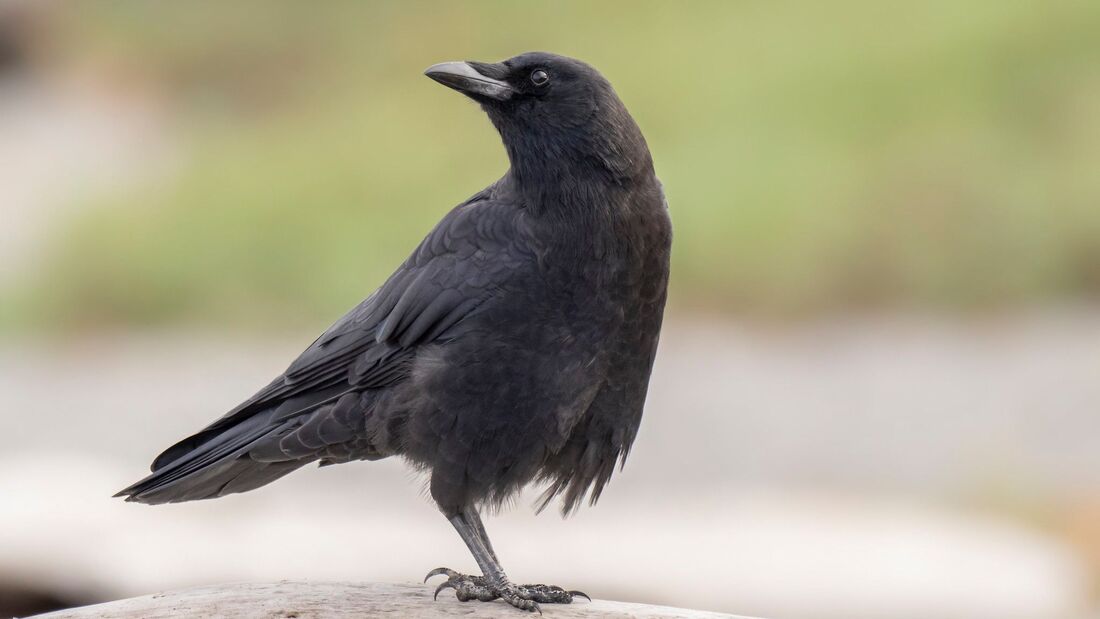
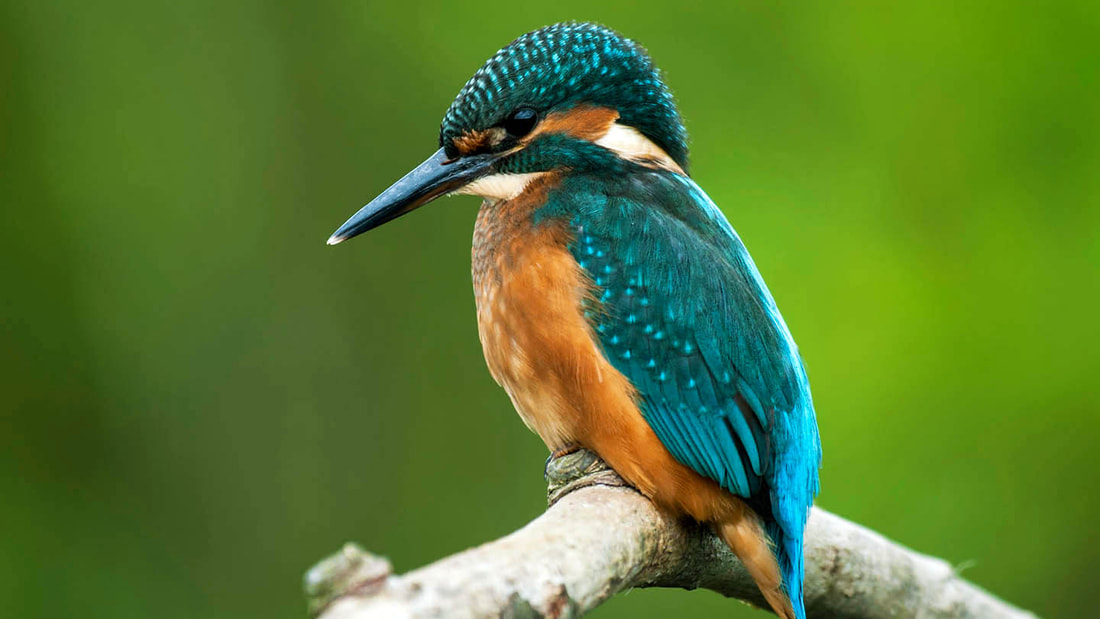
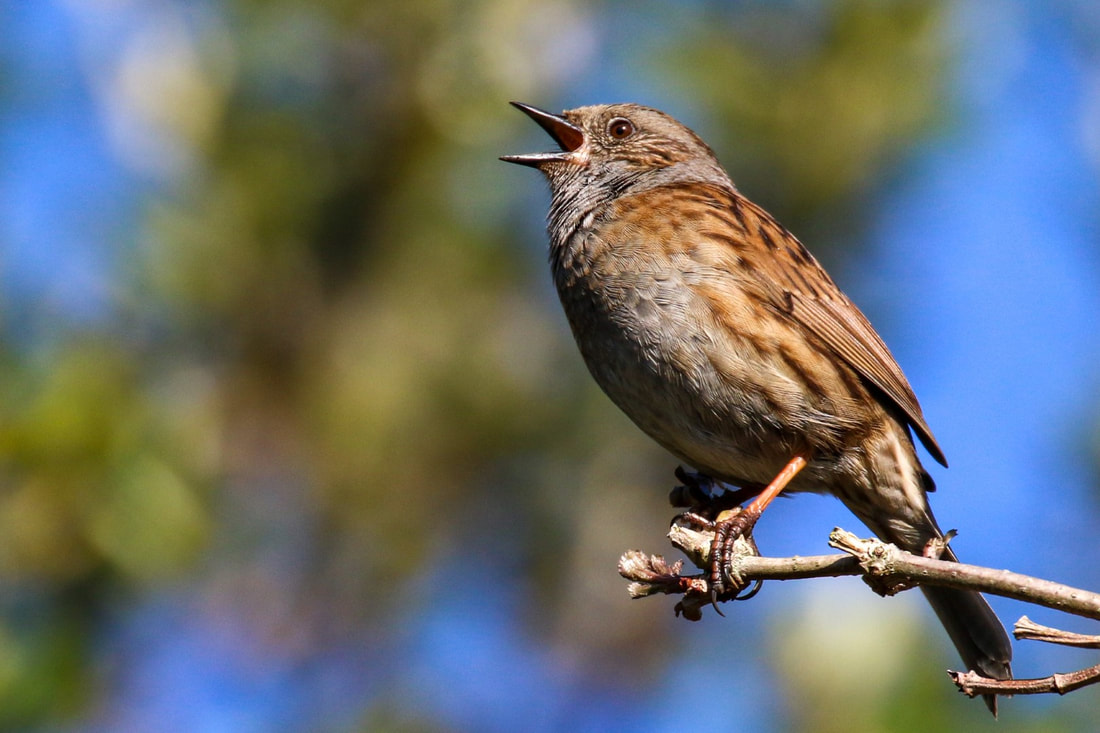
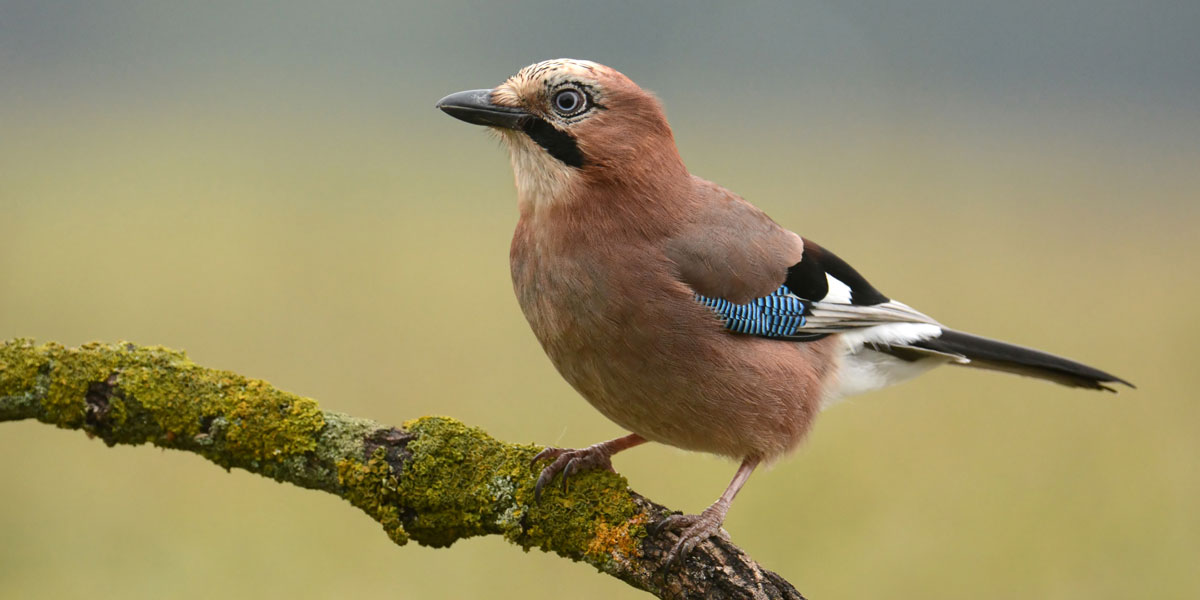
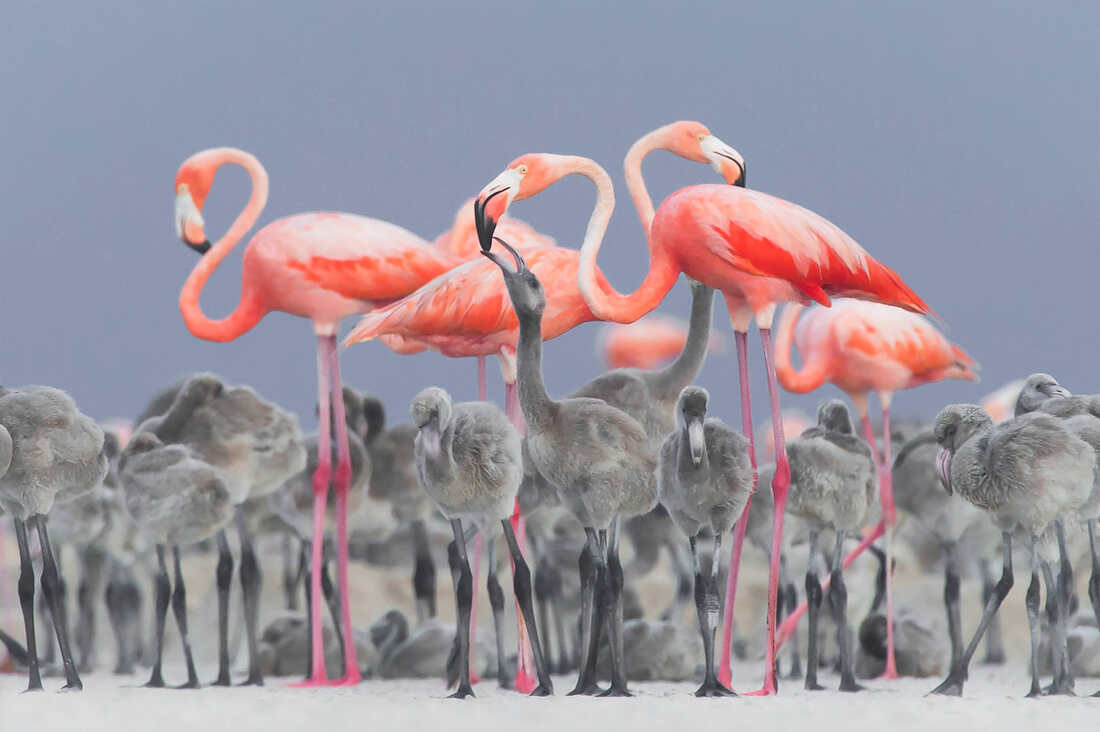

 RSS Feed
RSS Feed